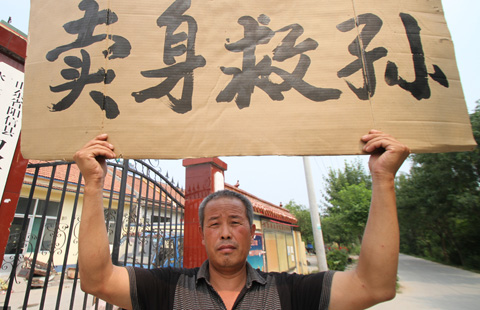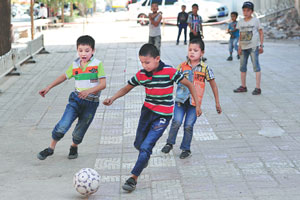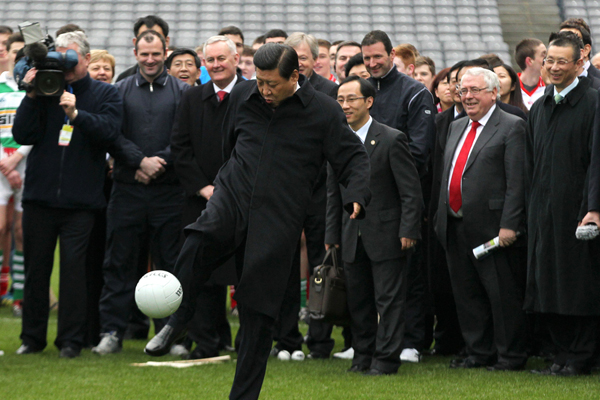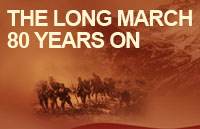Haze cure may need new Olympian vision
By Wu Wencong, Cui Jia and Tang Yue (China Daily) Updated: 2013-01-24 09:14Beijing closed down as many as 150 highly polluting chemical engineering and cement factories. Most of the closures were temporary, but a few were permanent. Furthermore, thermoelectric-power generating companies were ordered to reduce emissions of pollutants by 30 percent through the use of low-sulfur coals and the installation of desulfurization units.
"Those were indeed intense measures, adopted over a very large area, and they produced pleasant air quality for Beijing during the 17-day Games," said Du. He noted that the average concentration of particulate matter was reduced to a record low for the time as the total emissions of airborne pollutants was cut by 60 percent.
 |
|
The Bird's Nest stadium under a blue sky on Aug 1, 2008. Experts have dismissed calls for a return to the measures adopted to control airborne pollution during the Beijing Olympics. Yang Lei / Xinhua |
However, if those measures had been implemented over the long term after the Games, it would have been difficult for people in the provinces surrounding the capital to maintain normal production and life, said Zhang Lei, an associate professor who studies environmental policies at the School of Environment and Natural Resources at Renmin University of China.
She said that more comprehensive and sustainable measures are needed to address the problem and the country should not be solely reliant on emergency action plans.
"Environmental protection work in China is still largely based on responding to emergencies and trying to clear up the mess only when things go wrong," said Zhang.
"It's like before you can prop up a fallen bottle, another one also falls, because the pace of our development is so rapid and the problems so diverse that we have no time to study each of them thoroughly enough or to prepare fully."
Traffic controls
During the Beijing Games, vehicles were only allowed on the capital's roads on alternate days, depending on whether the last digit of the driver's license plate was an odd or even number. In addition, more than 70 percent of government vehicles were banned from using the roads.
To ease traffic jams and air pollution, the vehicle controls continued after the Games but in a much lighter form. Currently, each car is banned from the road on one day on Monday through Friday within the areas of the Fifth Ring Road, depending on the license plate number, but there are no constraints at weekends.
However, the number of vehicles has increased sharply in Beijing. The city saw the number of vehicles rise by 515,000 in 2009 and a further 800,000 in 2010. To cope with the problem, a new system was introduced in 2011 to ensure that only 240,000 license plates were awarded annually.
- Xi praises Cambodia royalty for cultivating friendship
- Li cites innovation in visits to high-tech firms
- Overseas studies pay off
- Xi: China backs stability and growth in Cambodia
- Li vows anew to ease market access
- Xi: China backs stability and growth in Cambodia
- Hopes rise as visit by Duterte set
- Xi stresses CPC leadership of state-owned enterprises
- New rules reduce conviction errors
- Smart technology to assist cancer treatment











